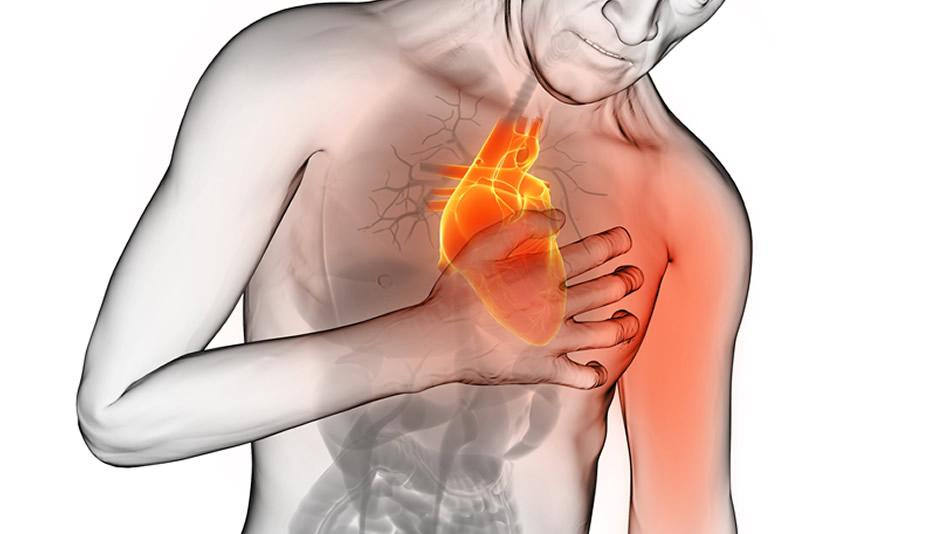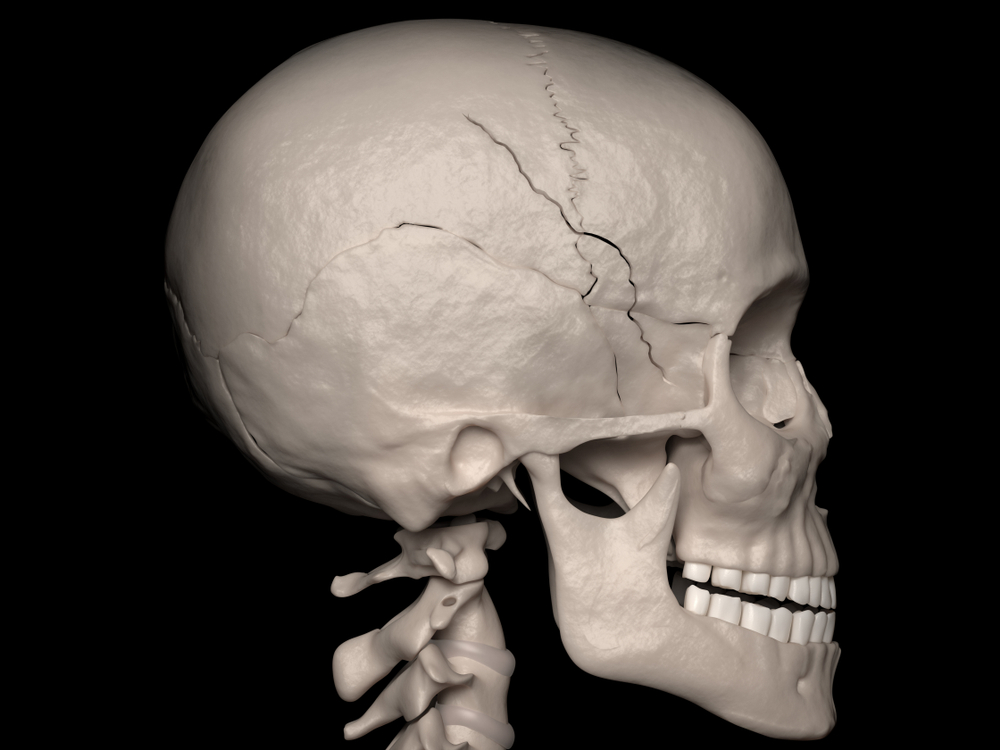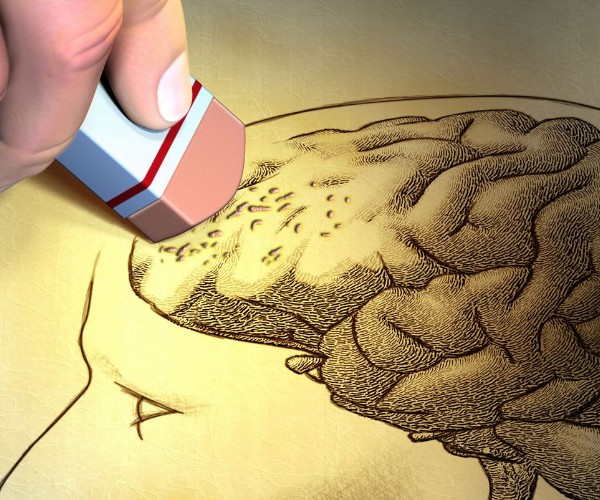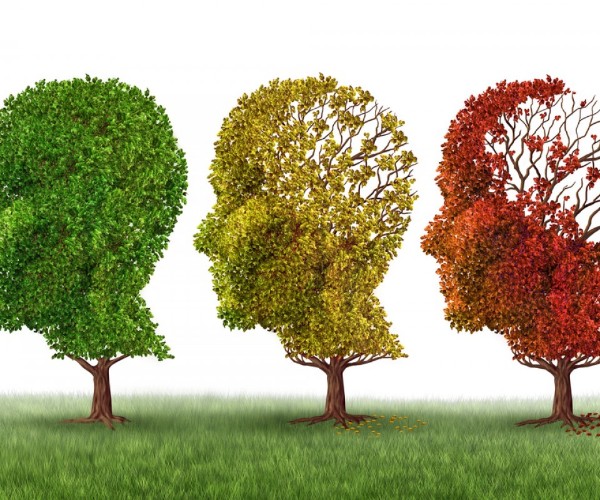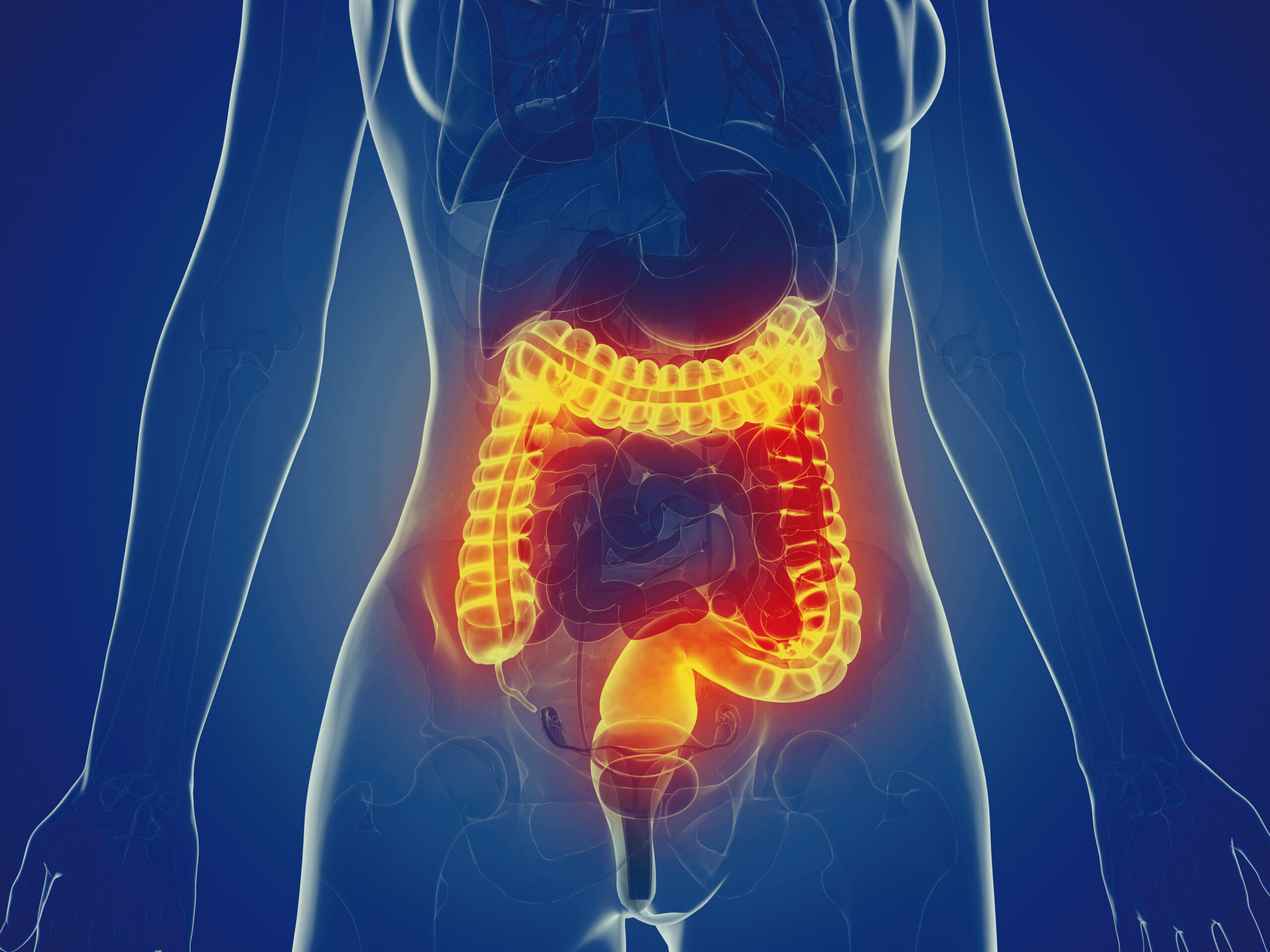The concept of Mindfulness is aimed at identifying a set of practices useful for rediscovering and increasing awareness of one’s own experience and feelings, both physical and mental, with the aim of reducing the psycho-physical, relational and emotional stress of our existence. The idea behind the Mindfulness methodology is to approach life, one’s feelings, perceptions and thoughts without any judgment, but with a calm and gentle attitude.
The MBSR ( Mindfulness Based Stress Reduction) method originated in the late 1970s at the University of Massachusetts from the mind and experience of Jon Kabat-Zinn. The training practices, both physical and mental, proposed by Kabat-Zinn were effective right away against chronic pain, anxiety, depression, psychosomatic illnesses, and even eating disorders. The MBSR program involves an 8-week-long training cycle that encompasses various activities in order to increase and achieve full awareness of one’s body and mind for one’s mental and physical well-being.
The various activities are highly participatory, supportive and are structured according to the guidance of a conductor, some of them carried out in groups with specific communication exercises. The “Mindfulness Tools“, the name by which we denote the residential training days that enable participants to approach the practice of the MBSR method, are many and varied in nature. Very important are those on meditation, aimed initially at attention on one’s breath to the sensations coming from every part of our body and mind, but also those on Yoga, the exercises on walking and even those aimed at awareness in eating. We will, over the course of the various articles on our portal, go through them in detail one by one.
Meditation exercises
The meditation exercise should be done for about 20 to 30 minutes for at least once or twice a day. You need to sit in a comfortable position and remain as still as possible with your back erect and head straight, and focus on these points:
- Be aware of the inhalation and exhalation
- Be aware of each sensation in different parts of the body
- Be aware of the body as a whole
- Listen to the silence and sounds
- Observe thoughts and emotions as they move in and out of your awareness, but do not allow yourself to be distracted by their contents
- When you notice that your mint is wandering among various thoughts and feelings, gently bring it back to being attentive to the present moment
Underlying this phase of meditation must be a nonjudgmental attitude toward life, meaning that the mind should not be allowed to wander on its own toward the things it likes, avoiding those that cause it pain. Meditation is an effortless awareness of the totality of life, of each individual aspect; it represents concentration on the present you are living. By performing this exercise consistently and attentively at least once a day, we are able to strengthen our sense of balance, being able to counter emotional upsets and positive/negative feelings in our lives, and to approach our daily activities and relationships with others in a relaxed and balanced way.
Mindful eating
Another area in which the practice of Mindfulness is practiced concerns, as already anticipated, the field of nutrition. This is one of the areas in which the Mindfulness approach takes on fundamental importance for the mental and physical well-being of the individual. The Mindfulness approach applied to the field of nutrition involves eating more mindfully and somewhat more slowly than usual. As an experiment, to begin with, you can try eating at least one meal a week in absolute silence, focusing essentially on the act of pure and simple eating. Very important also would be to eat with the TV off and without paying attention to smartphones and other sources of distraction (radio, books…). These behaviors will help make you more sensitive to the way you eat and, more importantly, make you put your attention on what you actually choose to eat. Of course, you need to pay attention not only to what you decide to eat but also to the people who will take part in the meal with you, and to your surroundings.
With this in mind, it appears to be of great help to ask ourselves questions before consuming the meal, to try to understand what motivates us to eat at that precise moment. For example:
- Am I eating to nourish my body and keep it properly healthy?
- Am I eating to satisfy the desire for pleasurable sensations?
- Am I aware of where the food I am eating comes from?
- Is it a natural food or is it treated with preservatives and other substances novice to the body?



